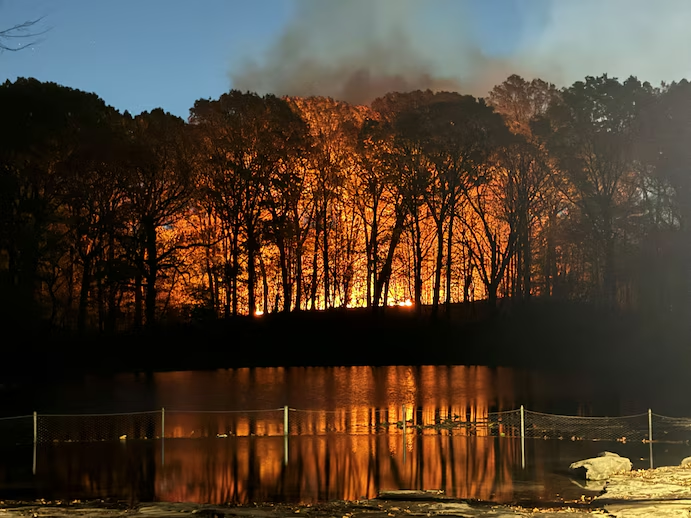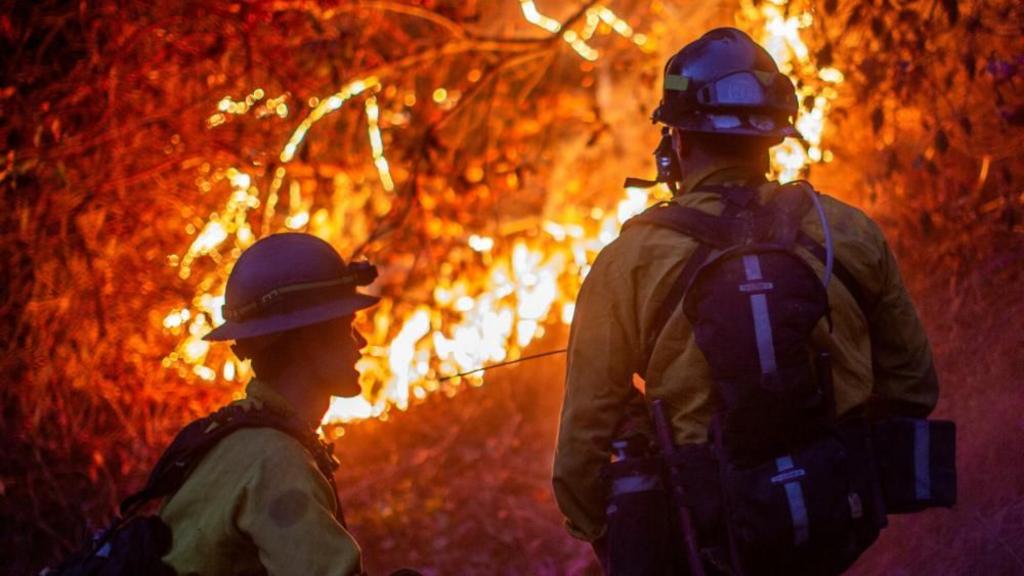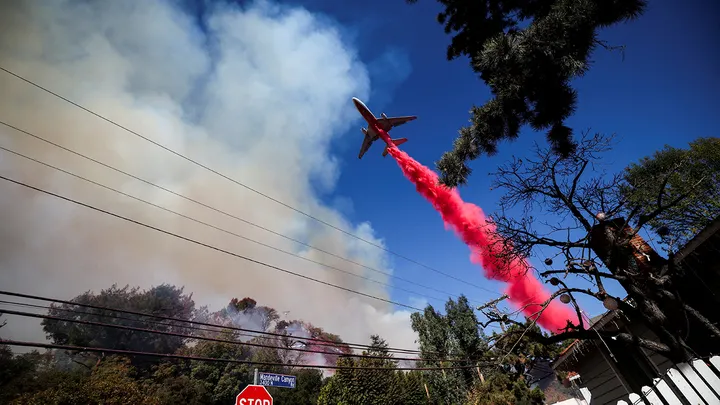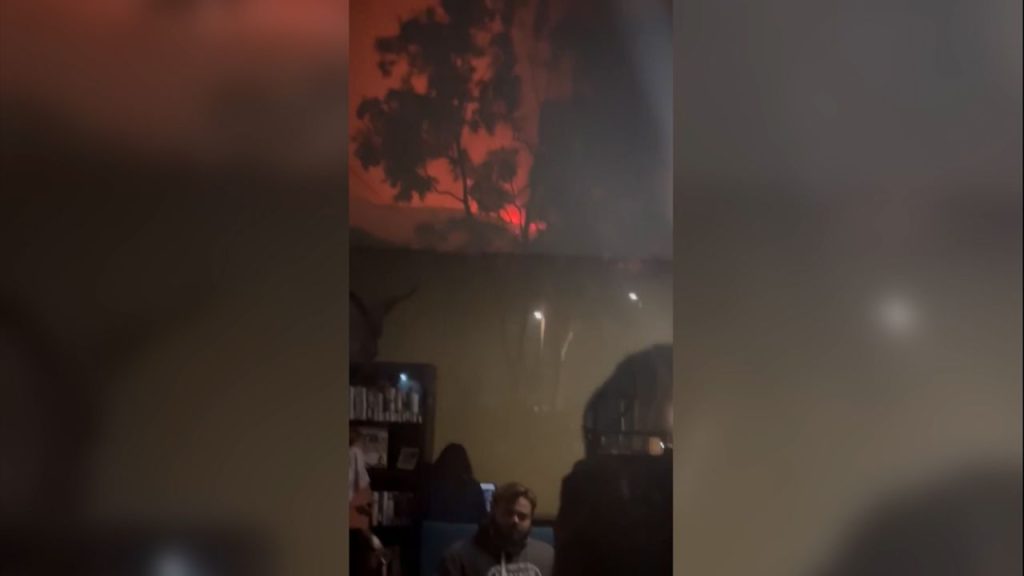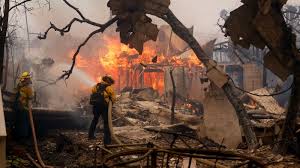Mayor’s Absence Is Considered a Sign L.A. Underestimated Fire Risks
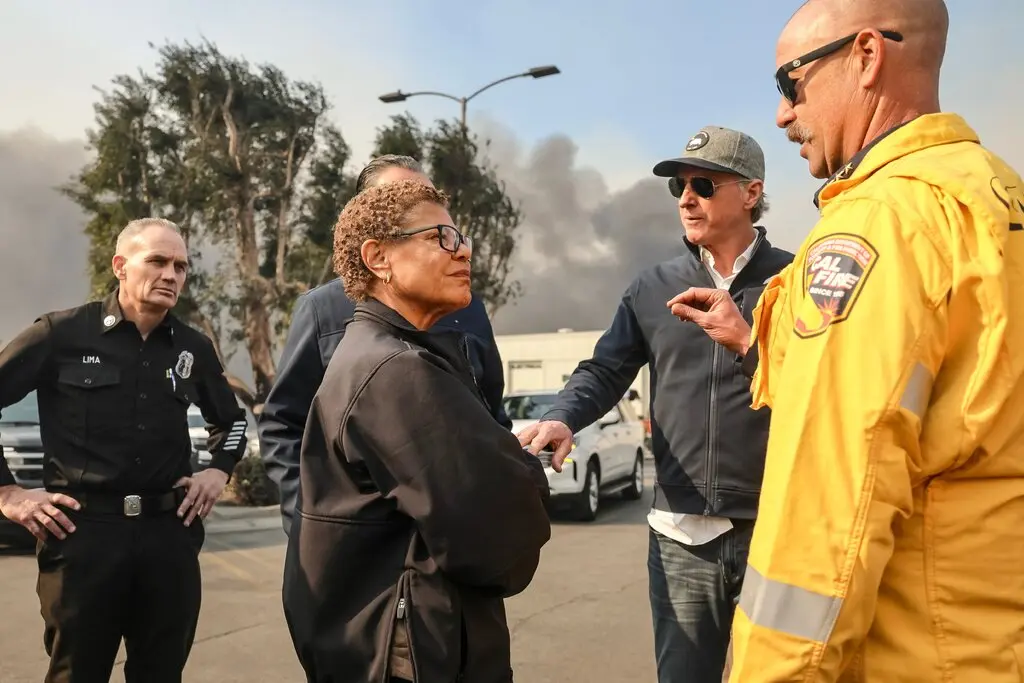
The recent absence of Los Angeles Mayor Karen Bass during a devastating wildfire crisis has raised concerns about the city’s preparedness and response to the escalating fire risks. The mayor’s absence, particularly as the city grappled with raging fires that threatened lives and property, has been seen by some as a sign that Los Angeles may have underestimated the scale of the wildfire threat in recent years. As the fires intensified, many residents, public officials, and experts pointed to a lack of visible leadership during a critical time, leading to questions about the city’s readiness for such a disaster.
Los Angeles has long been vulnerable to wildfires due to its dry climate, dense vegetation, and proximity to mountainous areas. The city has faced devastating fires in the past, and with climate change exacerbating extreme weather events, the risk of such natural disasters has only increased. However, the absence of Bass, who had taken office only recently, highlighted concerns that the city might not have fully grasped the severity of the problem.
Wildfires in California are an annual occurrence, but the frequency and intensity of these fires have dramatically risen in recent years. Cities across the state, including Los Angeles, have faced a growing number of fires, often exacerbated by rising temperatures, prolonged droughts, and shifting wind patterns. Local government officials, including mayors, are expected to play a central role in coordinating emergency responses, providing resources to first responders, and reassuring the public during such crises. In Bass’s absence, many questioned the city’s level of preparation, particularly when it came to addressing the needs of residents in high-risk areas and coordinating evacuation plans.
The mayor’s office, while not entirely silent, appeared to take a step back during the early stages of the fires. Bass’s team was criticized for not taking immediate action to reassure the public or to visibly lead emergency efforts. In contrast, California Governor Gavin Newsom and other state leaders took to the media to provide updates, while local fire departments and agencies worked tirelessly to contain the flames. The lack of a prominent voice from the mayor’s office left many feeling that the local government was not fully in control of the situation.
Critics of Bass argue that her absence during the wildfire crisis may point to a broader issue in the city’s governance — a failure to recognize and prioritize the growing dangers posed by wildfires. While Los Angeles has made efforts in recent years to address fire risks, such as increased funding for fire prevention programs and the bolstering of firefighting resources, the recent crisis revealed gaps in communication and leadership at a crucial moment. Experts have noted that city leadership needs to be more proactive in developing comprehensive emergency plans that not only address firefighting efforts but also focus on preparing residents in high-risk areas and improving evacuation strategies.
The absence of Bass during the fires also raised concerns about the city’s focus on wildfire prevention and mitigation. Despite California’s history of devastating wildfires, the issue has often been sidelined in favor of other political priorities. Some have pointed out that Bass’s leadership may not have fully embraced the severity of the wildfire threat or taken swift enough action to prevent the crisis from escalating. With climate change amplifying the risk of more frequent and severe wildfires, it is increasingly clear that cities like Los Angeles must be prepared for a future where these kinds of disasters are more common.
One of the key areas where the city of Los Angeles is underprepared is in community outreach and public education about fire risks. Wildfire season is a year-round threat in California, but many residents remain unaware of how best to prepare their homes, families, and neighborhoods for the potential of a fire. Inadequate information and communication during emergencies can exacerbate the challenges faced by fire victims and first responders. The mayor’s office, during this recent crisis, did not provide the kind of consistent messaging or clear guidance on evacuation plans that could have made a difference in minimizing loss and protecting lives.
Furthermore, the mayor’s absence during this critical moment highlighted the ongoing need for improved coordination between local and state authorities. California’s state government and emergency response agencies are often at the forefront of major disasters, but local leadership is critical for ensuring that city-specific needs are addressed. Without an engaged and present mayor, residents may feel abandoned, leading to confusion and potentially putting lives at risk.
While Bass is still early in her tenure, her response to this wildfire crisis may shape how she is perceived by both Angelenos and political observers moving forward. The mayor’s office must reassess its approach to wildfire preparedness, disaster management, and crisis communication. In particular, the city’s leadership must prioritize stronger community engagement efforts, including better public education on fire safety and clearer evacuation protocols for high-risk areas.
In the aftermath of the fires, Bass and her team have begun to take action to address these concerns, including a focus on long-term solutions for wildfire prevention and greater collaboration with state agencies. However, the damage caused by the absence of leadership during the early stages of the crisis cannot be undone. Moving forward, the city must build a more robust system to address fire risks, ensuring that the voices of elected officials, including the mayor, are heard loud and clear when disaster strikes.
In conclusion, the absence of Mayor Karen Bass during the wildfire crisis in Los Angeles has raised concerns about the city’s preparedness for such natural disasters. The lack of visible leadership in the early stages of the crisis has led to questions about the city’s readiness to address the growing wildfire risks, especially as climate change continues to exacerbate extreme weather conditions. Moving forward, it is crucial that the city strengthens its emergency response capabilities, prioritizes fire prevention, and ensures that leadership is present and proactive during times of crisis.


